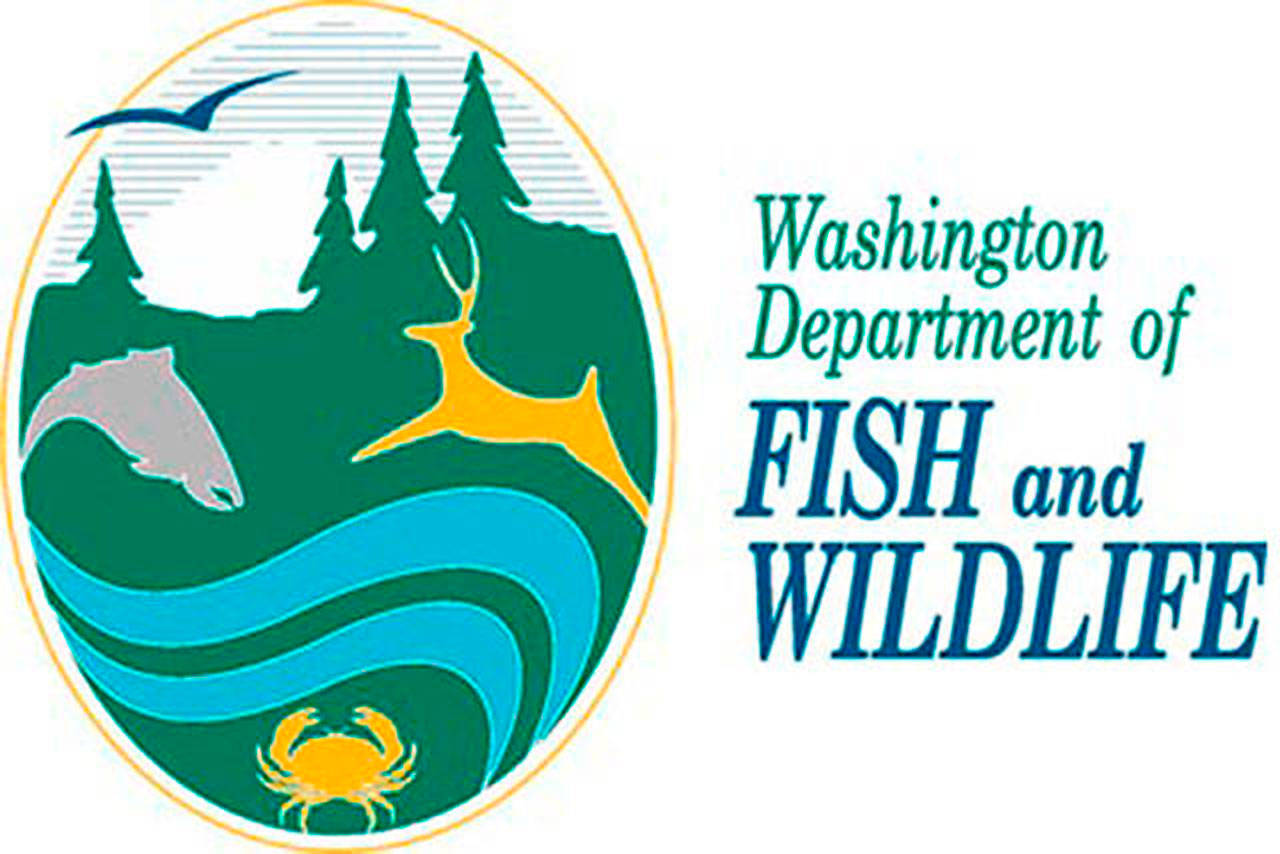Submitted by the Washington Fish and Wildlife Commission
The Washington Fish and Wildlife Commission advised state fishery managers to strike a better balance between conservation and harvest opportunities as they work with tribal co-managers to revise a proposed plan for managing chinook harvest in Puget Sound.
During a conference call Tuesday, the commission – a citizen panel appointed by the governor to set policy for the Washington Department of Fish and Wildlife – instructed state fishery managers to explore a variety of options as they revisit catch rates and other pieces of the updated Puget Sound Chinook Harvest Management Plan.
The plan defines conservation goals for state and tribal fisheries that have an impact on wild Puget Sound chinook salmon, which are listed for protection under the federal Endangered Species Act. Under that law, no fisheries affecting Puget Sound chinook can occur without a conservation plan approved by NOAA Fisheries.
“Ultimately, we would all like to see salmon runs restored in Puget Sound, but severely restricting fisheries isn’t the only path to achieving that goal,” said Brad Smith, chair of the commission. “For that reason, we advised WDFW staff to explore other salmon recovery options, including improvements to habitat and hatchery operations.”
State and treaty tribal co-managers initially submitted the proposed plan to NOAA Fisheries on Dec. 1, 2017. The plan would reduce state and tribal fisheries in Washington, especially in years with expected low salmon returns. For example, increased protections for wild chinook salmon returning to the Stillaguamish and Snohomish rivers would likely restrict numerous fisheries because those fish are caught in many areas of Puget Sound.
Despite the restrictive nature of the plan, NOAA has already informed the state and treaty tribes that the plan is insufficient, noting that several key salmon stocks would not meet new — more restrictive — federal conservation objectives.
“Over the last few weeks, we’ve heard from many people who are concerned this plan could result in the closure of all Puget Sound sport fisheries, but that’s not the case,” Smith said. “Yes, the plan does call for reductions to some fisheries, especially in years of low salmon abundance. But we have an opportunity – given the need to revise the plan – to use various mitigation tools to offset impacts from fisheries when and where appropriate.”
Mitigation tools the commission asked WDFW to explore include:
- Increasing habitat restoration efforts.
- Improving hatchery operations, including increasing production to support salmon recovery efforts.
- Reducing populations of predators, such as seals and sea lions.
NOAA has indicated its review process will take 18 months once the federal agency deems the plan is sufficient for a full review, making it likely the 10-year plan won’t be in place until the 2020-2021 fishing season. There will be opportunities for public comment during that review process.
State fishery managers believe that a long-term management plan will reduce uncertainty in the annual salmon season-setting process, providing more stability for recreational and commercial fisheries.
In the meantime, state and tribal co-managers are working on conservation objectives to guide this year’s salmon season-setting process. The commission asked state fishery managers to continue to discuss the possibility of using the 2017 conservation objectives for this year’s upcoming planning efforts.
The commission directed state fishery managers to provide regular updates as the negotiations of this year’s objectives and the 10-year plan continue. State fishery managers will also provide updates throughout the process to citizen advisors during open public meetings.
The plan, along with feedback from NOAA, is available at wdfw.wa.gov/conservation/fisheries/chinook.



